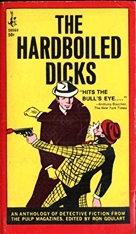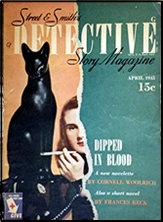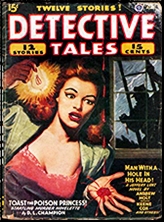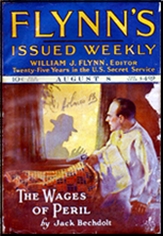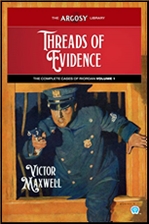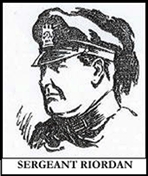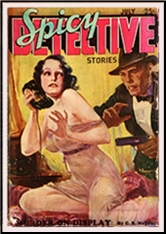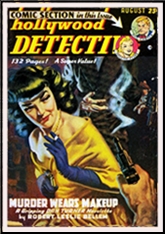Tue 10 May 2022
Diary Review: RON GOULART – The Hardboiled Dicks (Part Three).
Posted by Steve under Diary Reviews , Pulp Fiction[19] Comments
Note: Part two of this three-part review can be found here.
FRANK GRUBER “Death on Eagle’s Crag.†Oliver Quade #8. First published in Black Mask, December 1937. There is a tremendous contrast between the mild-mannered encyclopedia salesman Oliver Quade, and the extreme amount of violence that occurs as escaped convicts take over a secluded resort. (4)

RICHARD SALE “A Nose for News.†Daffy Dill #2. First published in Detective Fiction Weekly, December 1, 1934. Unlikely circumstances cause Daffy Dill to be fired from his newspaper job, and he becomes involved in a kidnapping plot while hunting up a story to regain it. Did not seem too believable even while reading it. (2)

LESTER DENT “Angelfish.†Oscar Sail #2. First published in Black Mask, December 1936. Private eye Oscar Sail is hired to steal aerial photos of oil fields and risks his life in a hurricane to save a girl. Vivid picture of the storm’s violence at sea saves the story. (3)

ERLE STANLEY GARDNER “Bird in the Hand.†Lester Leith #33. First published in Detective Fiction Weekly, April 5, 1932. Lester Leith manages to steal stolen jewels under the watchful eyes of the police. Quite entertaining and amusing except for weak beginning. Gardner’s style is very noticeable; less emphasis on violence. (3)



